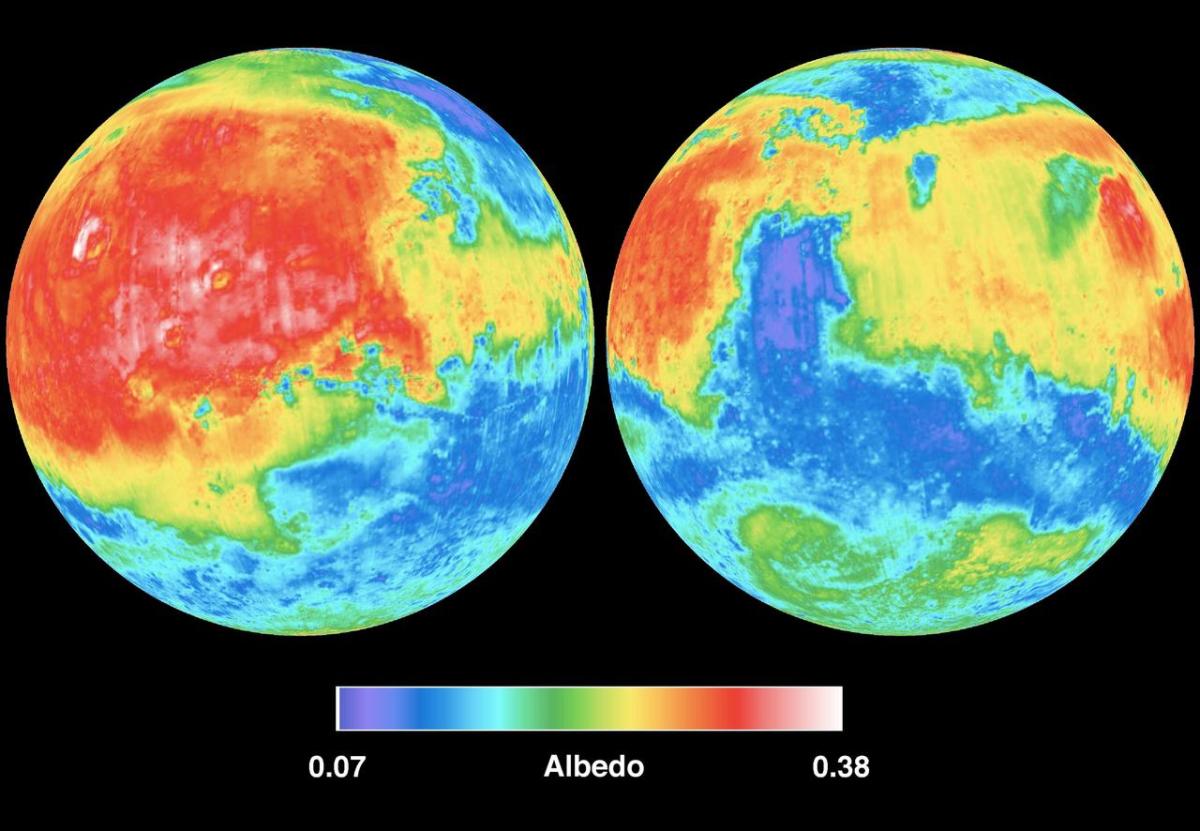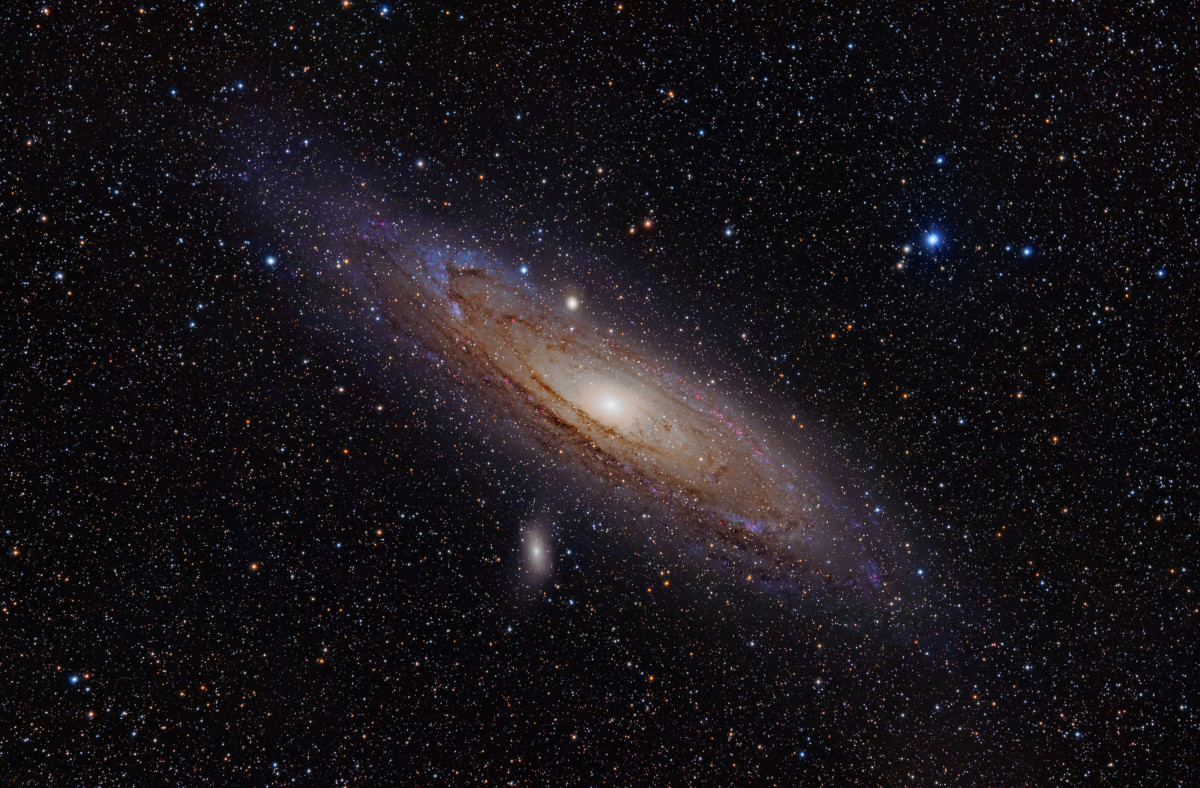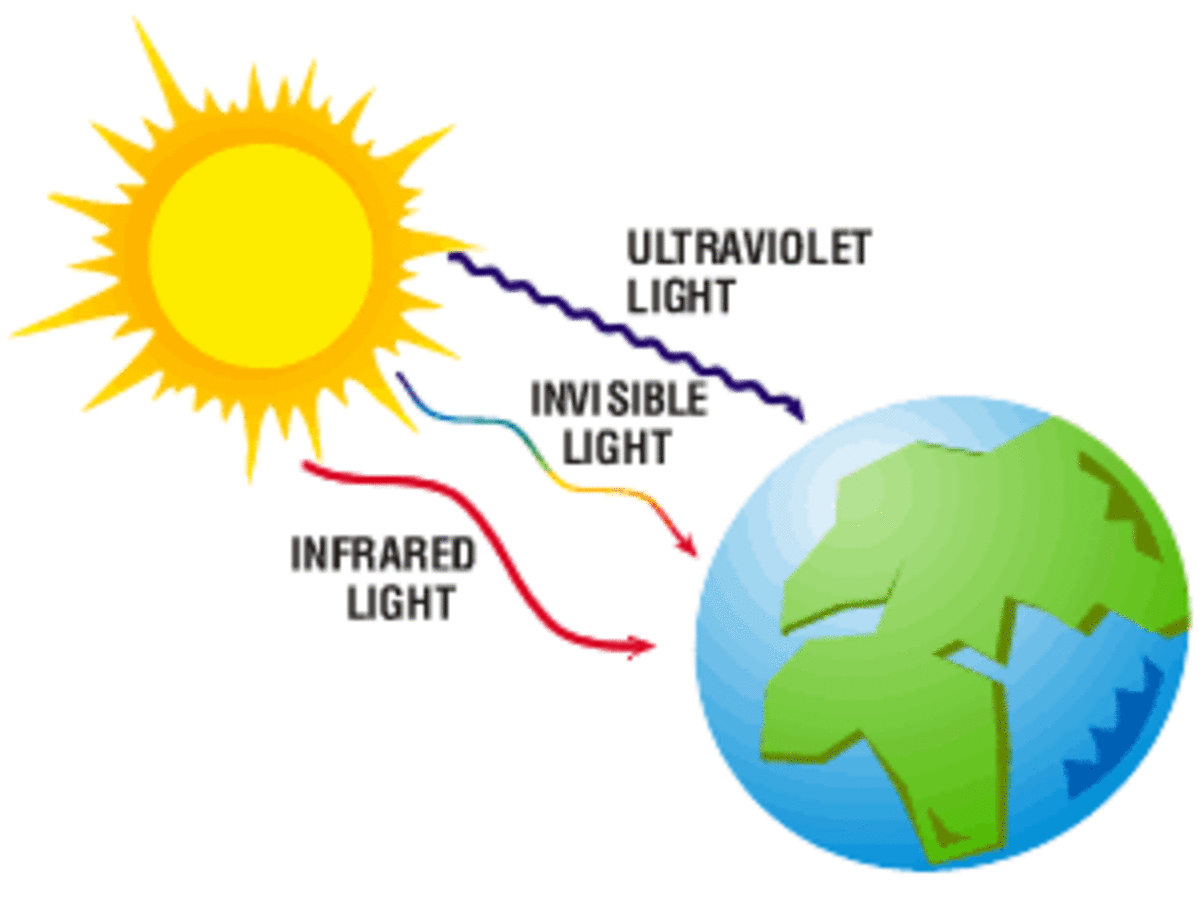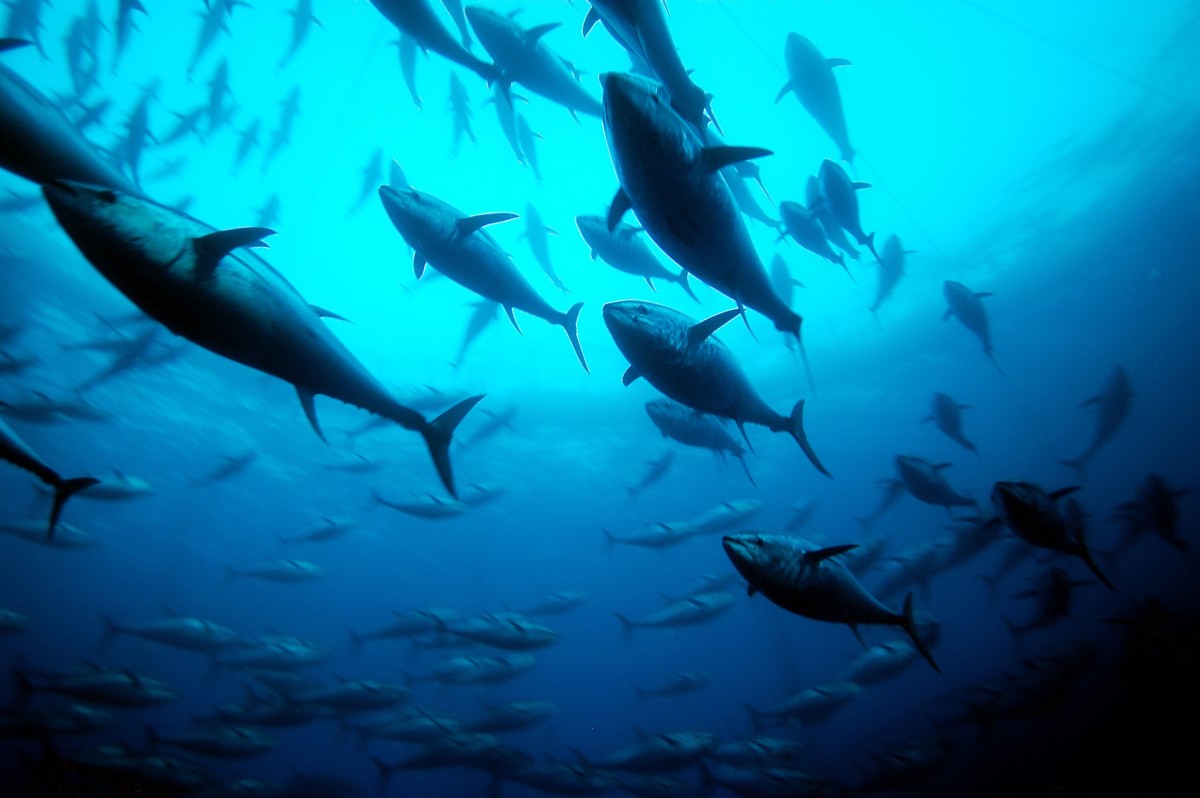8 Amazing Science Facts We Live With, Yet They Sound Like Fiction
Science is the study of living and non-living possibilities. Most of such possibilities can sound ridiculous, but they are hard science facts and we live with them every day.
1. Hot water freezes faster than cold water
Supersized! Well, it is a fact and science can now explain why that cup of hot water will freeze faster than the cold one.
A team of physicists suggest that hot water seems to freeze faster than cold water. This is known as the Mpemba effect. The effect was named after the Tanzanian student who in 1963 noticed that hot ice cream mix freezes faster than a cold one. The effect was first observed by Aristotle in the 4th century BC, then later Francis Bacon and René Descartes. Mpemba published a paper on his findings in 1969.
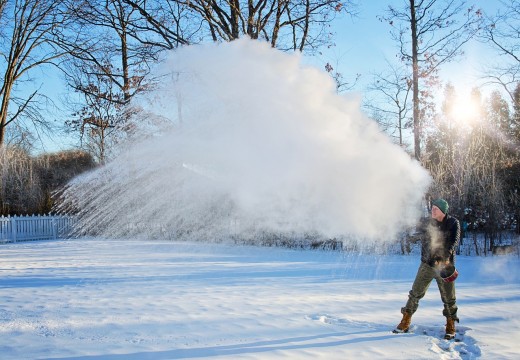
According to this team of physicists from the Nanyang Technological University in Singapore, there is evidence that the chemical bonds holding water together are responsible for the effect.
Each water molecule is composed of one oxygen atom bonded covalently to two hydrogen molecules. These bonds involve atoms sharing electrons and are well understood. The separate water molecules are also bound together by weaker forces generated by hydrogen bonds. These forces occur when a hydrogen atom from one molecule of water sits close to an oxygen atom from another.
They explain that it is these bonds that cause the Mpemba effect. They propose that when the water molecules are brought into close contact, a natural repulsion between the molecules causes the covalent bonds to stretch and store energy. When the liquid warms up, the hydrogen bonds stretch, as the water gets less dense and the molecules move further apart.
2. We collide with space debris every day
Space is quite out of reach for many of us, and for most, it is a subject of science fiction. However elements from space are within our atmosphere. Cosmic debris falls from space in huge amounts daily and we are in contact with it without knowing.
According to watchers.news (2016), dust particles, originating from cosmic bodies orbiting the sun frequently enter Earth's atmosphere where they collide with air molecules at speeds between 40,000 and 260, 000 km/h (24 854.8 and 161 556.5 mph) and generate flash heating followed by melting and evaporation of the particles.
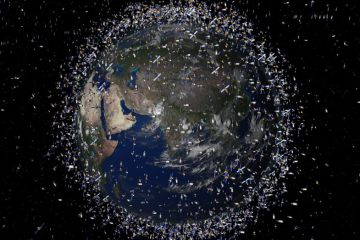
The CODITA project lead explains that this dust is visible as meteors, when dust particles are greater than 2 mm. But most of the dust mass entering the atmosphere is so small that it can only be observed using specialized meteor radars.
However, so far, very little is known about exactly how much dust enters the atmosphere and what impact it has. It has been estimated that between 3 and 300 tons of particles enter our planet's atmosphere on a daily basis (watchers.news 2016)
3.The earth is constantly trying to fly us into space.
Sounds crazy, right? But it is science fact. The earth is spinning really fast and is revolving around the sun at such a high speed that all objects that are not rooted should be flying off into space. Think of it like riding a merry go round. If not for being held in place by security straps, you’d be flying off of it in a matter of seconds.
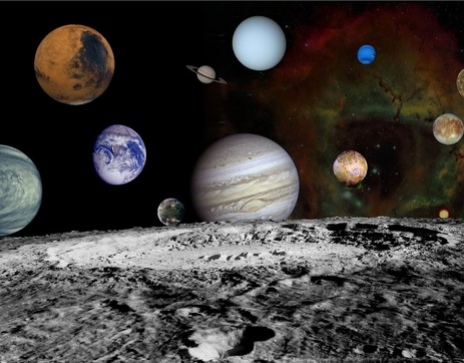
The Earth is spinning around its axis. At the equator, the Earth's surface moves 40,000 kilometers in 24 hours. That is a speed of about 1040 miles/hr (1670 km/hr or 0.5 km/sec). This is calculated by dividing the circumference of the Earth at the equator (about 24,900 miles or 40,070 km) by the number of hours in a day (24). In addition, the Earth revolves around the Sun at a speed of about 18.5 miles/sec (30 km/sec).”
But thanks to gravity, everything including human kind is firmly secured onto the ground.
4. Water is sticky and can act like glue
Sounds like fiction, but in fact it happens in real life but on a small scale. Water is one of the most unique elements in the universe and many of its properties still puzzle scientist.
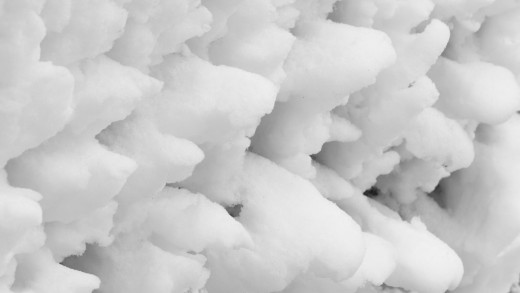
According to a new study, when water vapor condenses in a Nano-sized space between two surfaces, the liquid behaves more like solid ice than liquid water, even at room temperature. This solidification causes water to exert such a strong friction force that it “acts like glue”. According to this study, the water remains completely liquid because of the thickness of the water layers. A capillary neck forms between the object and the water, gluing the two together (Zyga, 2006).
5. The air pressing down on you is as heavy as a small car
Air is invisible and we speed through it daily with minimal encumbrance. But air is in fact quite heavy and all this weight is crushing down on you, but surprisingly your body can handle it. The question is how heavy is air?
According to physics.org, although invisible, all the molecules of air in the atmosphere above your head weigh something. And the combined weight of these molecules causes a pressure of 10,000 kg per square metre, pressing down on your body. This means that the mass of the air above the 0.1 square metre cross section of your body is 1,000 kg, or a tonne.
If you tried to lift a small car, you’d certainly notice it, so why don’t we notice that there’s a tonne of air pressing down on us? Well, the air exerts this force in all directions, so as well as pushing down on us; it also pushes up and balances out the force on our bodies so that we don’t collapse.
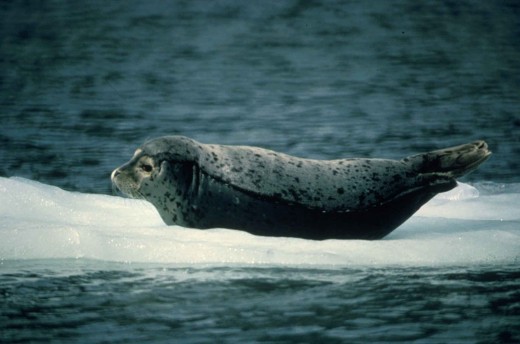
6. Water is the only substance for which the solid floats in the liquid
Water is the only substance that exists in all forms of matter on earth. That is; liquid, solid and vapor. But water is a little more special than that. It is the only substance which when frozen, floats in its liquid form.
7. Solid ice always has a thin layer of liquid water, which makes it slippery. But scientists have never figured out why.
Science has answers to many things, but this is one of those that still remain elusive. You probably know that walking or driving on ice can be a daunting task. As obvious as it seems that ice is very slippery, science has never been able to explain the reason behind this phenomenon.
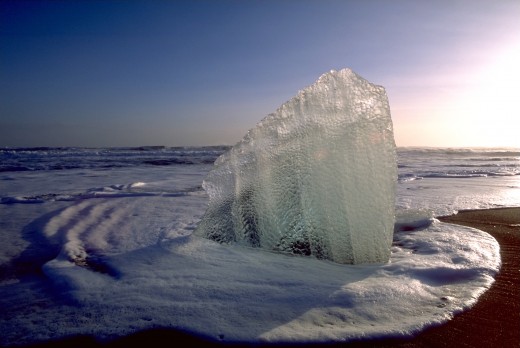
Although it is understood that the slippery property is caused by a thin layer of liquid water present on the surface of solid ice, the reason as to why this thin layer of liquid water persists rather than freeze in place, is not yet fully understood.
Meredith Fore, a PhD student in chemical physics at the University of Washington explains that a thin layer of liquid water on top of solid ice causes the slipperiness. A fluid's mobility makes it difficult to walk on, even if the layer is thin. But there's no consensus as to why ice—unlike most other solids—has such a layer.
She adds that scientists long reasoned, that since water has the unusual property of being less dense as a solid than as a liquid, its melting point can be lowered with an increase in pressure. While this is true, even the sharpest of skates raises the melting point by only a few degrees.
"The pressure theory doesn't hold water unless the ice is pretty warm already. Something else must be going on.”
8. Water will take longer to vaporize when in contact with a surface at 200°C
It is common knowledge that water will start evaporating into steam as soon as it is heated, and will boil at 100°C. However when water droplets come into contact with a surface twice the boiling temperature, the droplets “dance” around in the hot surface as the vapor propels it in different directions.
This is a common site in the kitchen when we try to taste how heated the pan is by sprinkling a few drops of water. Although it is usually taken at face value, there is plenty of science to the show and it is referred to as the ‘Leidenfrost effect’.
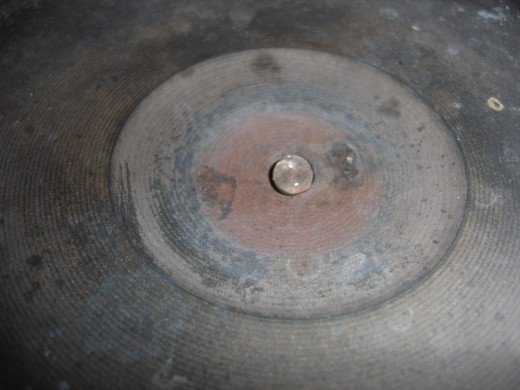
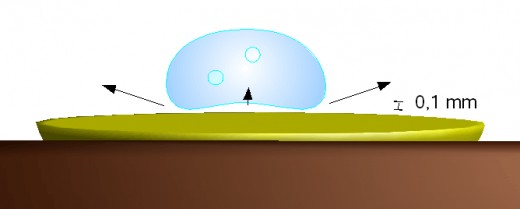
Science has it that the process of film boiling is attributed to the doctor and theologian Johann Gottlob Leidenfrost (1715-1794), who first described the effect in a manuscript titled 'A Tract About Some Qualities of Common Water' .
According to Andrew Griesmer, in his blog about exploring the leidenfrost effect, the commonest occurrence of the Leidenfrost effect can be found in the kitchen, when a droplet of water is placed on a hot frying pan. If the pan is heated to the Leidenfrost point (about 200°C), the water evaporates so quickly that a thin layer of vapor forms between the pan and the water droplet, protecting the water from the burning hot pan.
The vapor also causes the water droplet to “dance” around in the pan as the vapor propels it in different directions. The droplet eventually evaporates after some time, but it will take significantly longer than if the pan were heated to a temperature above boiling, but below the Leidenfrost point (Griesmer, 2013).
© 2017 Ian Batanda

